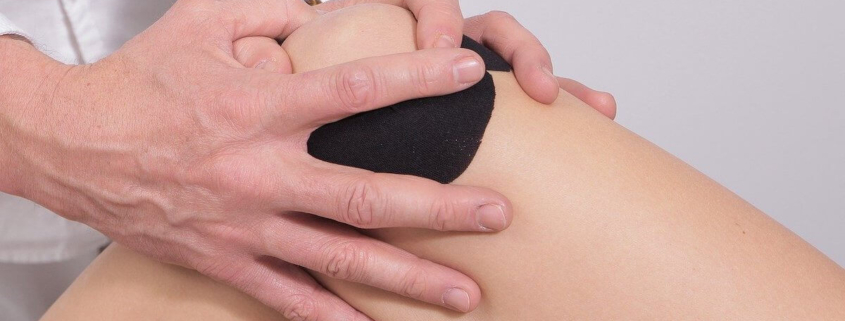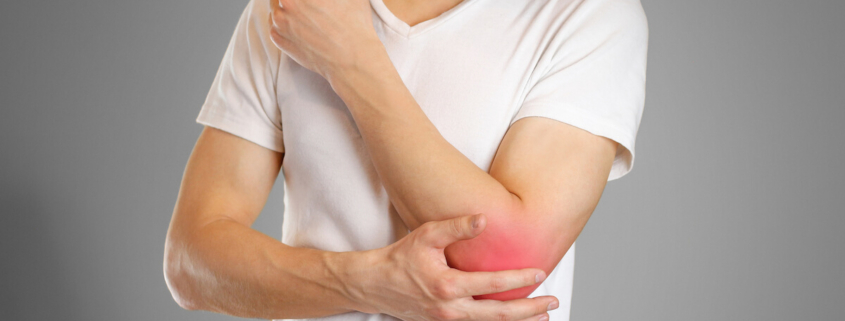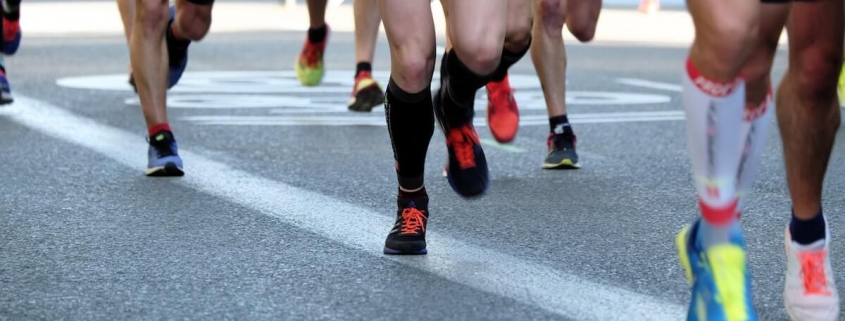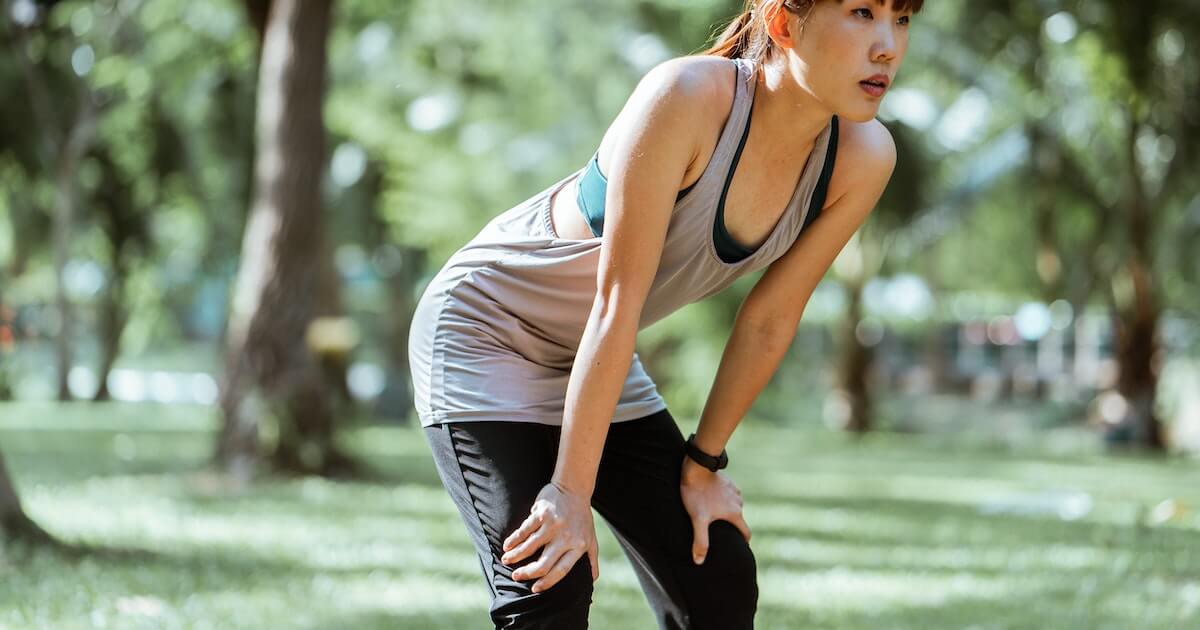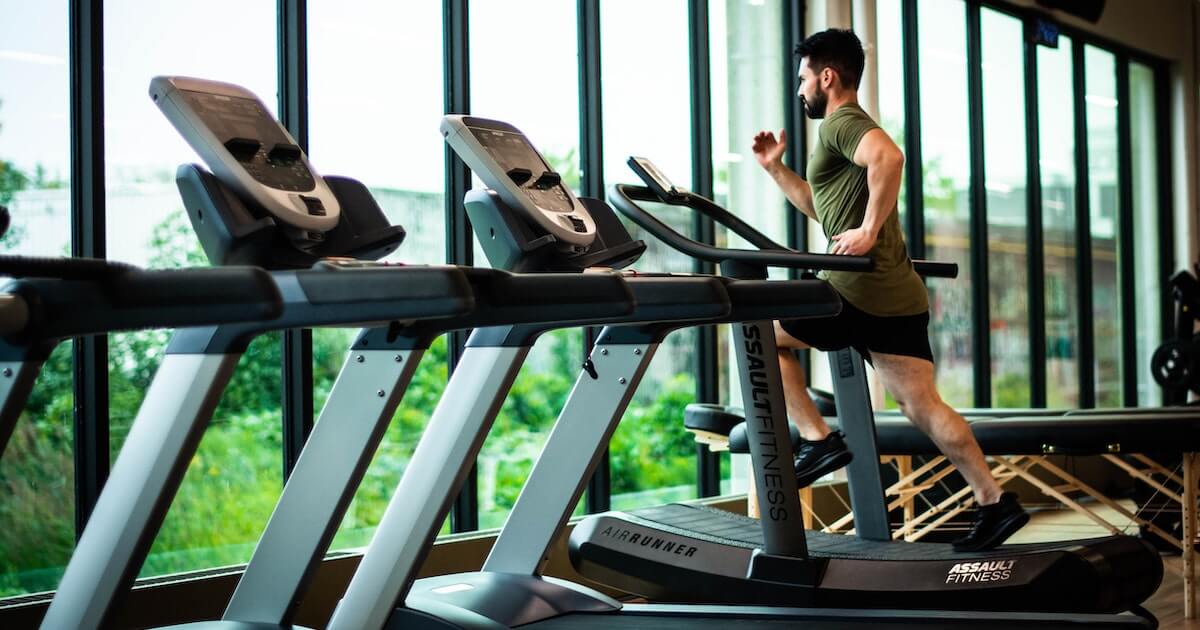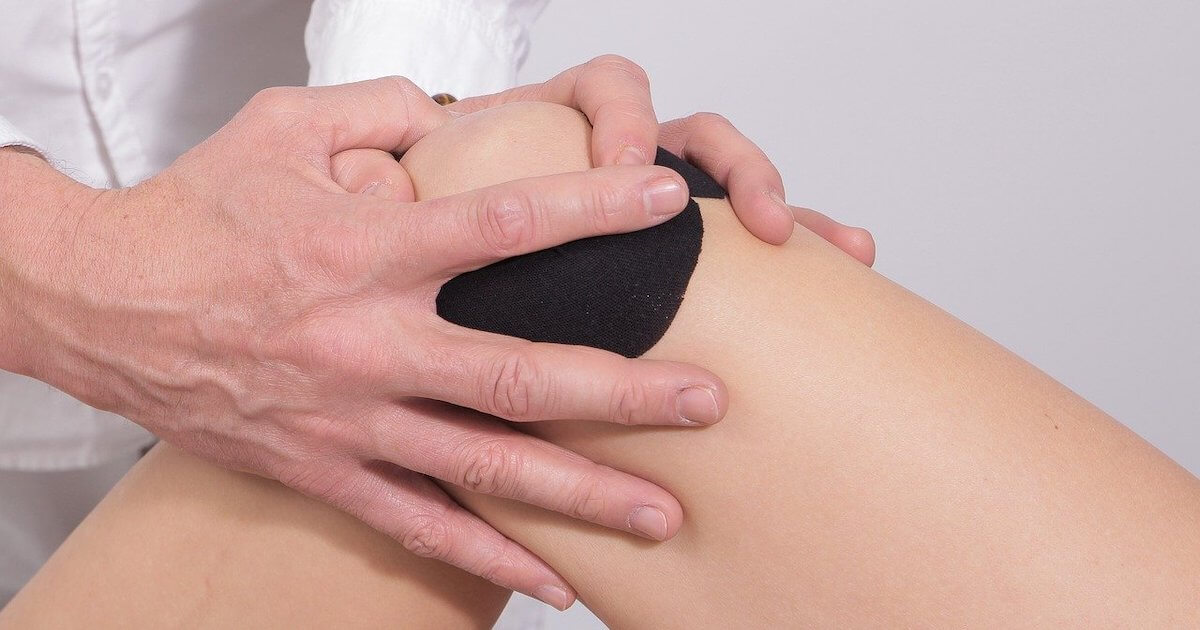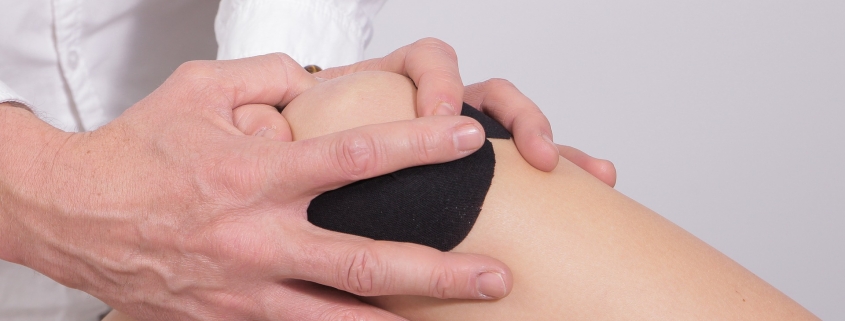Whether it’s an intermittent pain that flares up during certain activities, sudden pain with no apparent cause, or chronic discomfort that tells you something about your knee isn’t quite right; when it comes to knee pain, it would be foolish to ignore it. Here’s why.
Ignoring Knees Injuries Can Lead to Permanent Damage
It might be tempting to ignore a bit of pain and swelling and push on with the activities you enjoy, assuming your knee pain will work itself out. Athletes that tend to have a high tolerance for pain and discomfort can be guilty of doing just that until the pain and swelling interfere with their performance. There’s a difference between discomfort and fatigue that can be resolved with rest versus pain that indicates something is wrong. While it’s never a good idea to ignore pain, ignoring early indications of injury can lead to permanent damage when it comes to knee pain. For this reason, it’s pertinent to have knee pain checked out early so any issues can be addressed before more damage is done.
To avoid compounding injuries, you need to know the difference between discomfort that can be safe to train through versus pain that indicates injury, warranting further investigation.
Common Causes of Knee Pain
It helps to know the signs and symptoms to watch for that indicate it’s time to have your knee pain assessed by a professional health practitioner. Different types of knee pain can indicate different causes. Following is a list of the most common causes of knee pain, including Runner’s Knee and Bursitis, and the key signs & symptoms associated with each:
Runner’s Knee
Symptoms:
- Aching, throbbing pain and tenderness surrounding the knee cap or the back of the knee
- Pain that worsens during activities that involve repetitive flexion and extension of the knees
- Knee pain after periods of sitting or kneeling
- Pain in and around the knee when walking downstairs or downhill
- Clicking or grinding sensation in knee joint
- Swelling and tightness resulting in decreased range of motion
Causes:
- Running on hard surfaces
- Increased volume and duration of activity
- Overuse from repetitive flexion, extension, and strain to the knee
- Suboptimal body mechanics, muscle imbalances, or misalignment of bones
- Gait issues and fallen arches
- Physical trauma and injury
Osteoarthritis
Symptoms:
- Chronic aching
- Knee joint pain
- Inflammation and swelling surrounding knee, especially in the morning
- Reduced range of motion
- Grinding or grating feeling in knee joint
Causes:
- Overuse and injury
- Wear and tear degeneration of cartilage inside knee joint
Rheumatoid Arthritis
Symptoms:
- Chronic aching, tenderness, or throbbing pain in knee joint
- Symptoms can wane and flare-up
- Moderate to severe inflammation
- Symptoms tend to worsen over time
- Reduced range of motion
- When pronounced, difficulty walking or placing weight upon the knees
- Crackling, grinding, or popping sound or sensation when bending and extending the knee
Causes:
- Genetic disposition/Autoimmune inflammatory disease
- The body’s immune system attacks the tissues surrounding joints, leading to damage and inflammation
Gout
Symptoms:
- Symptoms tend to wane and flare-up suddenly
- Pain may start in another joint before affecting the knees
- Aching or burning knee pain and joint discomfort
- Inflammation and swelling
- Warmth and redness in the knee and other affected joints
- Decreased range of motion
- Pain and discomfort in other joints throughout the body, including the big toe
Causes:
- Hyperuricemia resulting in the build-up of uric acid in the knee joints
Bursitis of The Knee (Prepatellar Bursitis)
Symptoms:
- Symptoms can occur suddenly or progressively worsen over time
- Discomfort typically affects the inner knee below the kneecap
- Stiffness and pain when moving the knee and sometimes at rest
- Tenderness, warmth, and swelling when palpating knee area
- Decreased range of motion
Causes:
- A Common overuse injury caused by repetitive strain to the knee joint
- Inflammation to bursae (synovial fluid-filled sacs in knee join that prevent bone on bone friction and cushion joints)
- Direct physical trauma to the knee
- Repetitive motions and kneeling on hard surfaces
- Bacterial infection or the results of autoimmune diseases including arthritis
Jumper’s Knee (Patellar Tendinitis)
Symptoms:
- Knee pain that gradually worsens over time
- Pain is typically felt in the front of the knee or between the kneecap and top of the shinbone.
- Knee pain that may only be perceptible during or following activity.
- Pain is often worse when walking or running on an incline, stair climbing, and jumping
- Swelling, stiffness, and redness of the knee joint
Causes:
- Inflammation of tendons
- Activities that involve repetitive jumping, causing extreme contraction and extension wear to the tendon
- Muscle imbalances and tightness in the quadriceps and hamstrings.
- Autoimmune disorders or illnesses that affect circulation
Cartilage Degeneration (Chondromalacia Patellae)
Symptoms:
- Chronic knee pain
- Stiffness and inflammation of knee joint, resulting in a decrease in range of motion
- Soreness and knee pain when palpating
Causes:
- Overuse and wear and tear from repetitive motion and high impact activities
- Kneecap misalignment
- Physical trauma
- Long periods of inactivity or limited range of motion
Baker’s Cyst
Symptoms:
- Knee pain that can worsen during activity or when bending, extending or placing weight on the knee
- Tightness and stiffness of knee joint, resulting in difficulty bending the knee
- Visible bulge or swelling behind the knee
Causes:
- Cyst formation from the build-up of synovial fluid inside knee joint
- Inflammation of knee joining from overuse, autoimmune conditions, or injury
ACL Ligament Sprains or Tears (Anterior Cruciate Ligament)
Symptoms:
- Acute knee pain
- Difficulty bending, extending, or placing weight on the knee
- Popping sound or sensation when bending and straightening the knee
- Reduced range of motion and feeling of instability surrounding the knee
- Sudden onset of swelling–sometimes extreme
Causes:
- Strain to ligament during high-intensity activity
- Sprains and tears to ACL ligament caused by activities that involve sudden stops, starts, bursts, jumps, and changes in direction
Torn Meniscus
Symptoms:
- Knee pain, most notable when rotating knee
- Swelling and stiffness of knee joint
- Popping sound when bending or extending the knee
- Difficulty placing weight on the knee
- A feeling of instability in the knee joint
- A sensation of something interfering with your ability to extend your knee
- Reduced range of motion–especially when extending the knee
Causes:
- Physical trauma caused by hyperflexion and forceful rotation or twisting of the knee.
- High-intensity activity that involves sudden stops or changes in direction
- Strain on the knee from heavy squatting and lifting
IT Band Syndrome (Iliotibial Band)
Symptoms:
- Gradual onset of pain and discomfort that worsens with activity
- Pain and inflammation following activity that doesn’t quickly resolve with rest and icing
- Pain is typically concentrated to the outside of the knee or just above the outside of the knee
- Pain can also be felt in the shin, thigh, glute, and hip areas.
- Pain when bending knee via walking, climbing, squatting, or even bending the knee at rest
- Warmth, redness, and swelling surrounding outside of the knee
- Clicking, snapping, or popping sensation when bending and straightening the knee
Causes:
- Inflammation of iliotibial band due to injury or overuse
- Weakening or atrophy of surrounding muscles due to inactivity or injury
- Muscle imbalances, muscle tightness, and suboptimal body mechanics resulting in undue strain to the iliotibial band
- Repetitive activities that strain the IT band, such as frequent running on steep inclines and declines, squatting, and rowing.
- Poor footwear or gait issues, causing suboptimal foot dynamics resulting in undue stress to knee joint and hips
Not all knee pain is serious, but ignoring knee pain can lead to severe complications. When adequate rest, ice, and elevation fail to resolve your aches, pains, and impeded range of motion, it’s time to have things checked out by a practitioner to determine the cause of your knee pain and recommend proper treatment.
In most cases, unless injury warrants surgery, knee pain can be significantly improved with knee physiotherapy treatments, which may include a combination of physiotherapy, chiropractic care, kinesiology, and athletic therapy to directly address the injury, strengthen the muscles and ligaments surrounding the knee, and correct movement patterns to prevent recurrence and further damage. Depending on the root cause and contributing factors of your knee pain, an effective treatment plan may also include:
- Deep Tissue Laser Therapy
- Graston Technique
- Therapeutic Ultrasound
- Athletic Taping
- TENS Therapy
- Shockwave Therapy
- Gait Analysis and Custom Orthotics
- Massage Therapy
- Acupuncture
Determining the best treatment for your knee pain starts with a thorough initial assessment to identify the injury’s extent, root cause, and other contributing factors. Diversified Health’s comprehensive approach to treating injuries allows our practitioners to custom-tailor a treatment plan to each patient’s specific needs. Our in-clinic team comprises chiropractors, physiotherapists, kinesiologists, athletic therapists, registered massage therapists, and acupuncturists, working together to offer the most effective natural treatments for pain and injury.
Take the Next Step
Whether you are a seasoned athlete or a novice runner, when pain or injury slow you down, our practitioners at Diversified Health can help. Take the first step on your road to recovery by booking an appointment with one of our practitioners today. Call (250) 382-0018 or book an appointment online. We offer direct billing and weekday and weekend appointments. Please view our hours of operation and location details here.
Related
Runner’s Knee and Other Common Running Injuries: Know the Signs
Don’t Let Runner’s Knee Interfere With Fall Running Season
Joint Pain? Why It’s Important to Identify Bursitis Symptoms

